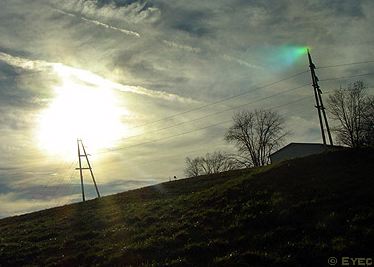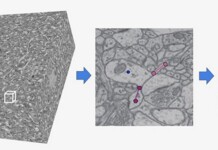 With this week’s heat wave, demand for electricity is reaching peak levels in many parts of the country. The really good news is that there are many simple, no- and low-cost tips to become more energy efficient.
With this week’s heat wave, demand for electricity is reaching peak levels in many parts of the country. The really good news is that there are many simple, no- and low-cost tips to become more energy efficient.
Here are nine tips plus info on receiving tax credits you didn’t know you could earn just by making your home more efficient …
“It’s not only the weather that is causing these record increases in electricity demand,” said Thomas R. Kuhn, President, Edison Electric Institute, an association of electric companies. “It’s also a growing population using more and more electric appliances, which is why we’re urging customers to try to get more use out of each kilowatt-hour (kWh) of electricity they consume.”
Kuhn added that electric utility programs have saved nearly 750 billion kWh during the past 15 years. “That is enough to power almost 69 million homes for one year,” he said.
Examples of no-cost tips for saving electricity include:
- Keeping the thermostat at 78 degrees or higher when the house is occupied, but, 85 degrees when vacant (a savings of 1–2 percent on your electric bill per degree).
- Regularly clean/replace the air conditioner’s air filter (save up to 5 percent on annual energy costs).
- Keep the door and vents closed in unused rooms (savings of up to 3 percent on your bill).
- Close the curtains on windows facing south and west (save 2–4 percent on cooling costs).
- Wash/dry full loads of clothes during the evening and use cold water as often as possible (save 2–4 percent on energy costs).
- Set the water heater’s temperature to 120 degrees (save up to 10 percent on water heating costs! — check by placing a thermometer under a tap).
- Using a microwave oven instead of a regular oven saves up to 90 percent on cooking costs.
- Install compact fluorescent lights in high-use fixtures (save about 66 percent on lighting cost per fixture).
- Take advantage of the new federal tax credits when making energy efficiency improvements to your home, like adding insulation, replacement windows, new exterior doors, or sealing cracks in ducts or outer walls. Tax credits you didn’t know you could claim are listed on the non-profit Web site of the Tax Incentives Assistance Project.
EEI offers homes and businesses more information about improving their home or business’ energy efficiency and about electric utility energy-efficiency programs.



















